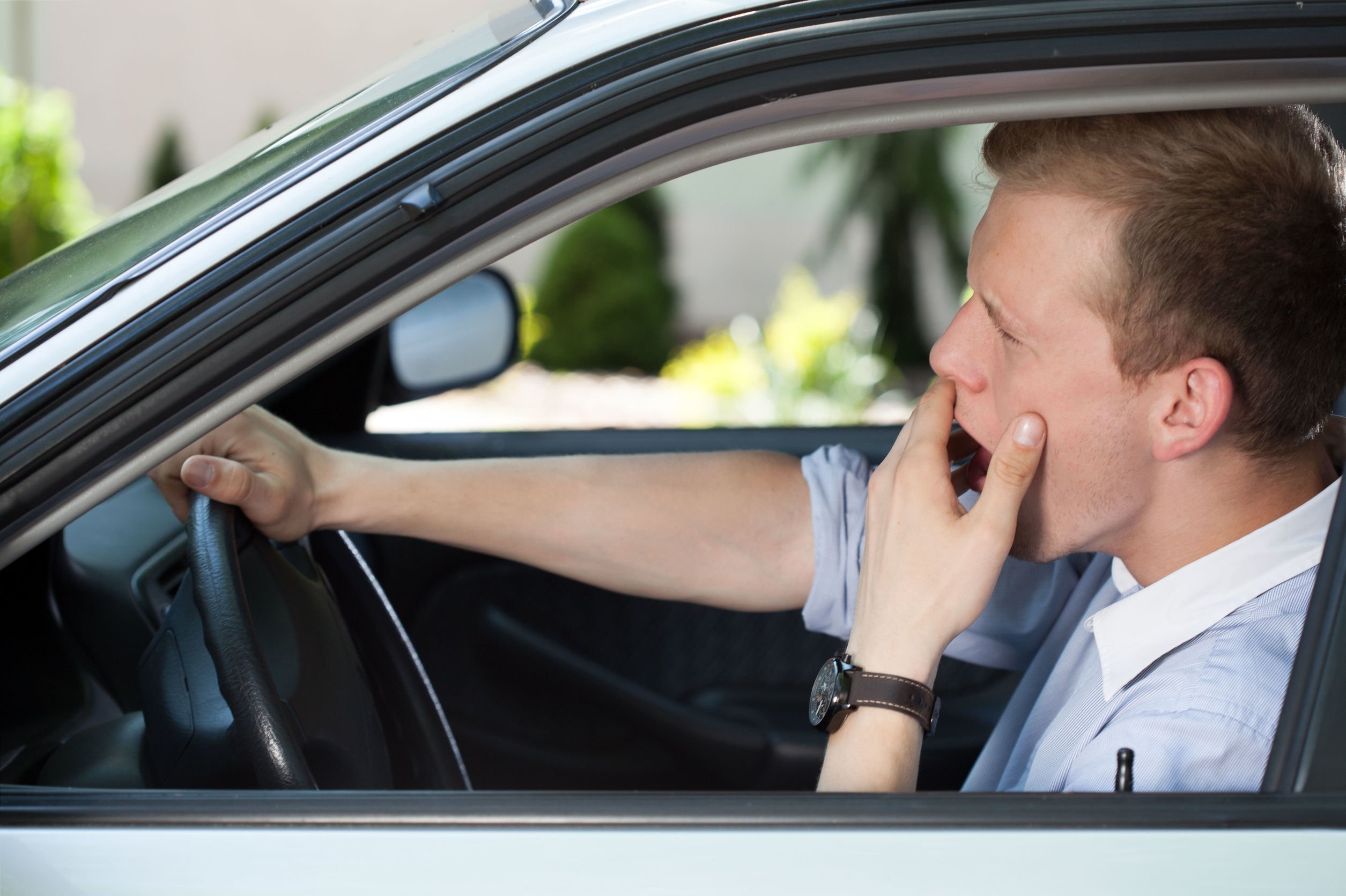According to the National Highway Traffic Safety Administration (NHTSA), 2% of car accident fatalities in 2019 involved fatigued driving. Car crashes involving drowsy and fatigued drivers are often underreported, since there isn’t a definitive measurement, such as blood-alcohol content used to determine drunk drivers. However, the National Institute for Occupational Safety and Health (NIOSH) estimates that 37% of drivers with jobs get insufficient sleep.
To help you and the drivers in your household understand the dangers and risks associated with fatigued driving in the Quad Cities, Winstein, Kavensky & Cunningham has assembled this guide.
What Is Fatigued Driving?
Drowsy or fatigued driving occurs when a person operates a motor vehicle when they haven’t gotten enough sleep and/or their mind is tired. Some of the things that cause drowsy driving include:
- Insufficient sleep for multiple days
- Being awake for too many consecutive hours
- Driving during a time of day when you’re normally asleep
- Driving after hours of monotonous activity
- Sleeping disorders
- Medication
What Are the Effects of Drowsy Driving?
While some fatigued drivers are able to get to their destination safely, others will not be as fortunate. According to the NHTSA, drowsy drivers are three times more likely to get into a car accident than well-rested ones. Some of the most common effects of fatigued driving include:
- Slower reaction time
- Nodding off while driving
- Being unable to focus on the road
- Lane drifting
- Making poor driving decisions
Any one of the above could lead to a personal injury from a car accident. In extreme cases, drowsy driving could cause the wrongful death of a driver, passenger, or other motorist.
How Can I Avoid Fatigued Driving?
There are many simple and effective ways to help make sure that you don’t engage in drowsy driving. They include:
- Making sure you get at least seven hours of sleep
- Make sure your sleeping environment is comfortable and dark
- Avoid reading, especially on phones and tablets, before sleeping
- Plan your recreational activities to ensure you get enough sleep
- If you start to feel tired while driving, then pull over for a quick nap
Following these tips greatly increases your safety on the road, as well as the safety of your passengers and fellow drivers. While people are often in a rush to get where they’re going, doing so while fatigued can result in a calamitous accident. Simply put, it’s not worth the risk.
Contact a Quad Cities Car Accident Lawyer
Winstein, Kavensky & Cunningham hopes that this guide has helped you understand the risks of fatigued driving. Please share it with your family and friends so that they also understand how serious this issue can be. Unfortunately, chances are that you’re likely to share the Quad City roads with drowsy drivers. Should you get into a car accident involving a fatigued driver, our team is available 24/7 to assist you.
You can contact our team of experienced legal professionals at (309) 794-1515. For your convenience, our Internet representatives are standing by through LiveChat. You can also submit your case particulars through our encrypted contact form. Remember, consultations are free and we never charge our clients unless we’ve won money on their behalf. Don’t settle for a payout that’s a fraction of what you deserve. Let Winstein, Kavensky & Cunningham fight on your behalf and win you the compensation that you deserve.
